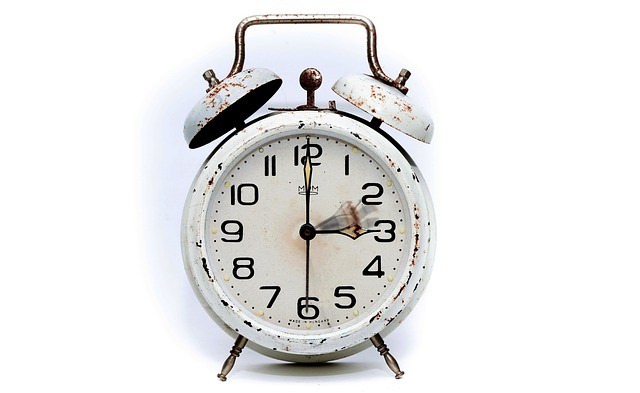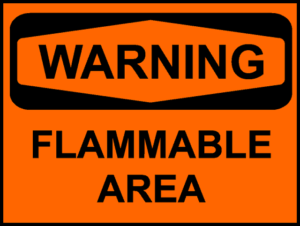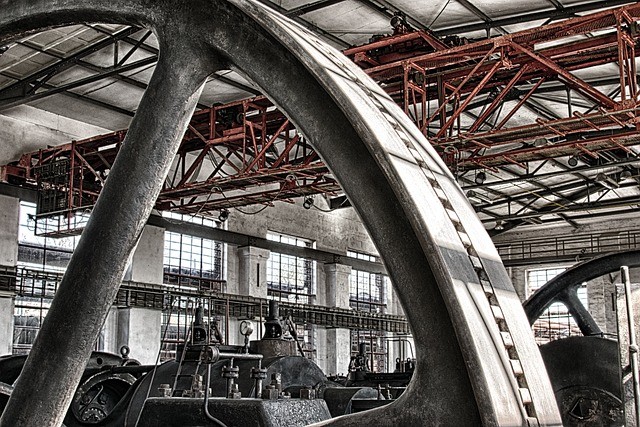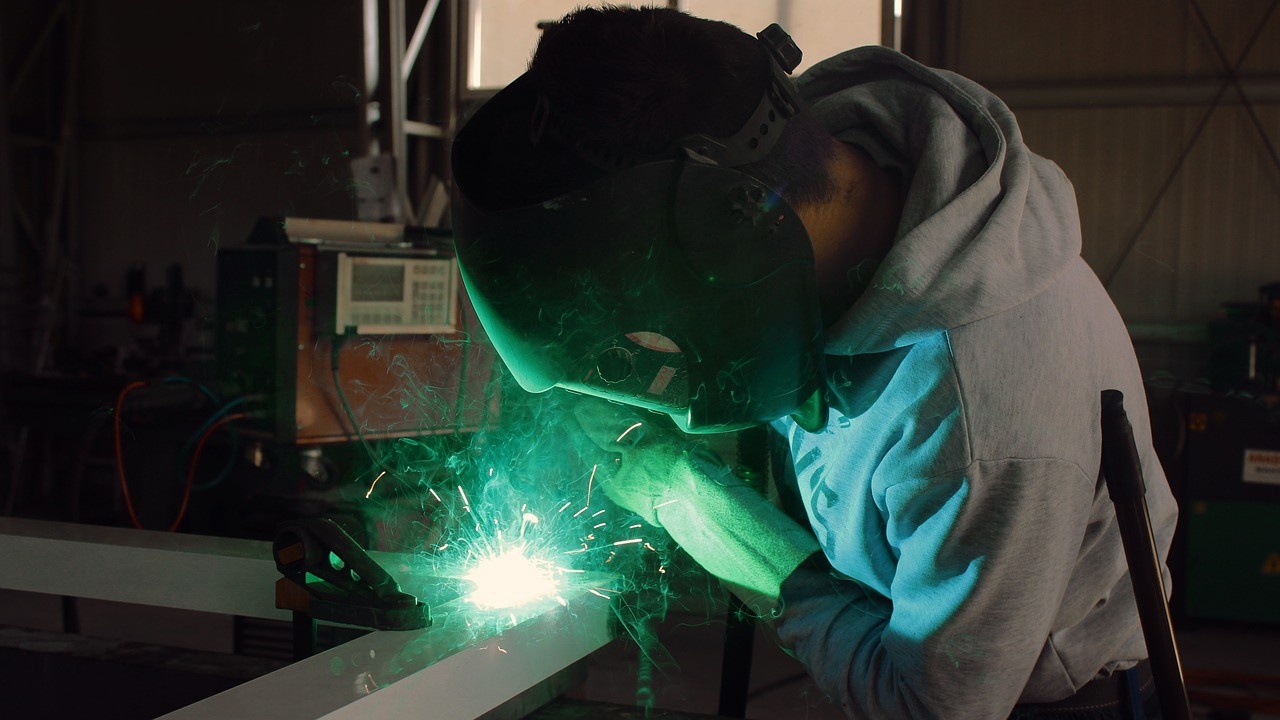
“Time is Money.” It’s a cliché for a reason, and rings especially true when you’re in charge of a production schedule. There are endless ways to increase the efficiency of your operations. Here are a few that are tried and true – and won’t break the bank.
Check your schedule
Shift work is slowly stepping away from prevalence, and for good reason. While you might see an increase in production numbers overall, shift workers are often going against their body’s natural rhythm. This can lead to sluggishness, inattention, and inefficiency. Reducing or eliminating shift work can actually lead to an uptick in overall production efficiency.
Workers that are rested and not living exclusively on caffeine running through their veins at 3 in the morning tend to be healthier, more alert, and more productive.
Know your hazards
Knowing what hazards are in your workplace will help you stay prepared, and in the event of incidents, get things rolling again quickly.
Some examples of things you should have on hand quickly are:

Emergency plans and numbers

Safety data sheets (SDS) for chemicals/substances used

Signage (Lock Out/Tag Out, Do Not Use, Hard Hat Area, Hearing Protection Required, Wet Floor etc.)

Manuals for equipment, and numbers to call for repairs

Copies of permits (building permits, waste stream permits, etc.)

First Aid Stations and fire extinguishers

Incident reporting sheets
Keep an eye on your equipment
We promised at the beginning of this post that these solutions won’t break the bank, and this might be an exception, but only if budgeting hasn’t taken maintenance and repair costs into consideration.
Take a look at the equipment that your team is using. Is it outdated? When’s the last time it’s been inspected, serviced, maintained, or calibrated? Is it dirty, rusting, or inefficient?

There are a few things to keep in mind here.
- Employees should know how to properly use, clean, and maintain the things that they operate, even if just on a basic level. It helps keep things in working order on a daily basis, extending the life of your equipment.
- Equipment does break. If and when it happens, tag it as “do not use”. Call in a professional or properly trained personnel to come in and look at the root cause.
- In accordance with manufacturing recommendations, regularly service machinery. It can help extend the life of your assets, but there always comes a time when a new piece of equipment will make you see an uptick in productivity.
Sometimes you just have to bite the bullet and invest in new equipment. It might be to have something safer, something faster, or something more advanced. Whatever reason leads you to the decision, there’s usually no buyer’s remorse as long as the budget allows for a larger purchase.
Hire all experience levels
Some employers search for only entry-level workers – they work hard and they work for less money. The problem you start running into is that when more senior level employees leave, they take valuable information with them. One day you’ll be left with mid-level staff lacking knowledge the senior-level staff had.
When you’re making hiring decisions, it’s important to consider entry, mid, and senior/management level applicants. They will all be able to learn from each other, break each other of habits (old or new), and keep workplace morale “fresh”.
When the new wave of entry-level workers flows in and senior-level workers flow out, remaining employees will be ready to set them up for success.
Don’t skimp on training
If there’s one thing you take away from this post, let it be this.
Do not skimp on training.
here are obvious training requirements for many manufacturing jobs, like blood borne pathogens, forklift safety, personal protective equipment, etc. Many basic trainings are online for a minimal cost. The importance of ample hands-on training cannot be overstated.
—
What advice would you give production managers on increasing output?
If you’re interested in a GAP analysis, exposure monitoring, or training, contact us for a quote.
Related reading: Environmental Standards, Permits, and Regulations for the Manufacturing Industry


